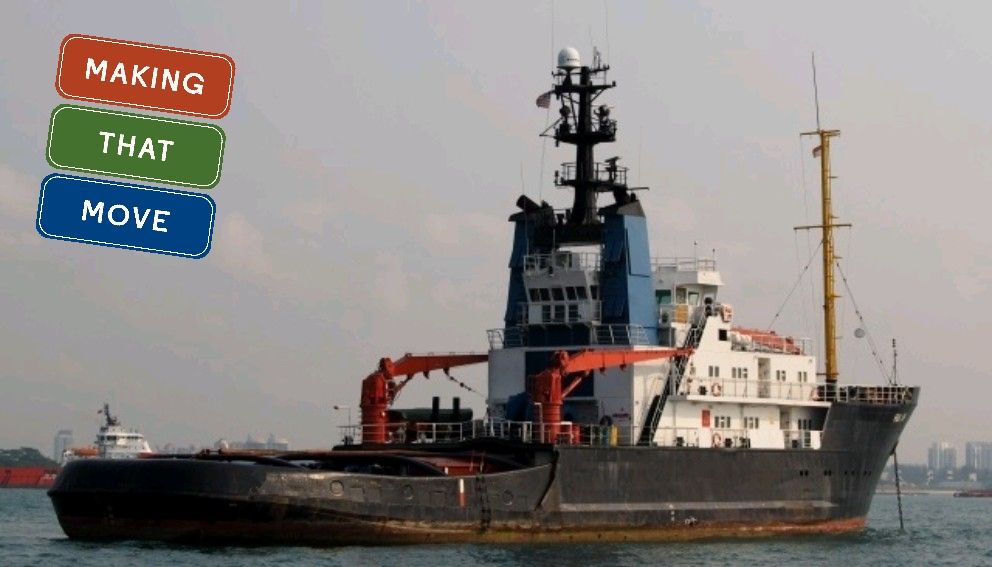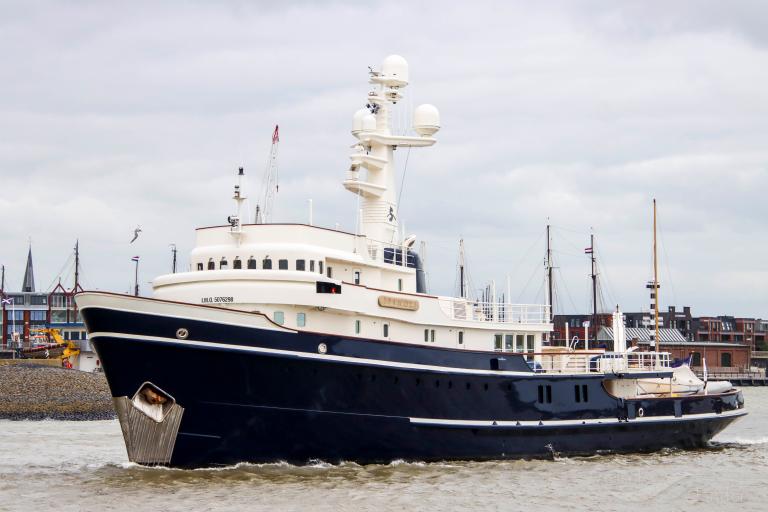Breaking the Deadlock:
When we rebuilt “Legend” with Jan Verkerk, we brainstormed about the idea to change her machinery to Diesel electric. Eventually, the idea was abandoned for the sake of common sense at the time. Would our decision be different today?
Basically, a tug is just a big engine with barely enough steel around it to keep it afloat and house its crew and fuel. Because it needs torque, it usually has big propellers and the accompanying draught. How challenging is that for a yacht?

To reach a proper hull speed sailing with no tow, you need a different propeller, way less power and a completely different design. Taking the engines out of Legend would have required either adding about 400 tons of useless ballast to keep her in her lines, or shaving the bottom 6 feet to reduce her displacement. Neither proposal makes sense really. If you get to that point, you just bought the wrong boat.
So “what has changed?” you might ask.
Converting a tug boat engine room now will give you a lot of space and the option to add weight. None of this fits the bill of a luxury yacht, where the volume is reserved as much as possible for the relatively light guest accommodation. However if we look at future propulsion options, we know that future fuels will require more space, which could be set in additional tankage on the fringe of that now relatively empty engine room. “Weight?” you might ask. The answer could be batteries, but also the weight of metal required by the (possibly pressurized) fuel storage capacities.

So there you go: There still could be a future for tug to yacht conversion. Naturally, the draught issue remains a problem in posh marinas and shallow bays. Consequently, this approach is best reserved to explorer yachts with plans to live off the grid as much as possible.

